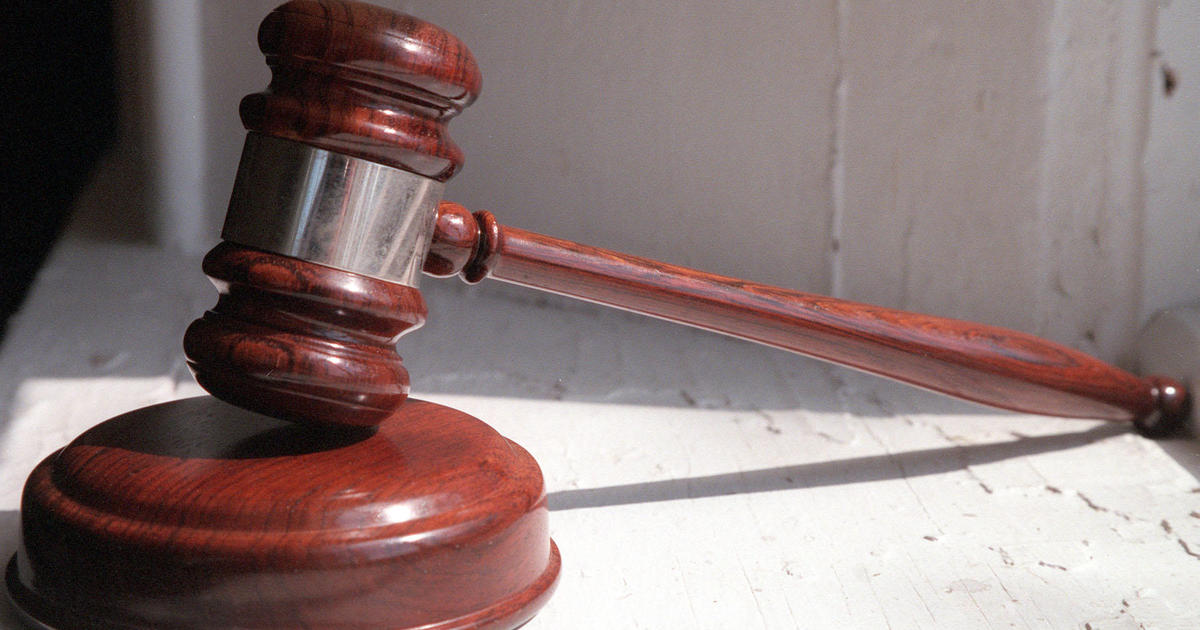In 1972 and 1973, NASA launched the Pioneer 10 and Pioneer 11 probes. They were the first missions to Jupiter and Saturn, before heading to the asteroid belt and becoming the first two of five probes to reach the edge of our Solar System.
With such missions, NASA was of course expecting to hit some unknowns. Even more recent probes like Voyager 1 have had their own share of glitches, and sending back data that doesn’t make any sense. But what NASA got from Pioneer 10 and 11 was a weird and intriguing mystery. At around 20 astronomical units (AU), with one AU being the distance between the Earth and the Sun, both spacecraft began accelerating towards the Sun.
“The anomalous acceleration of the Pioneer 10 and 11 spacecraft is a discrepancy between modeled and observed radio-metric Doppler data received from the two vehicles,” a paper on the topic explains. “The discrepancy can be eliminated by incorporating a constant sunward acceleration of unknown origin.”
The probes were still heading out of the Solar System, but a force was acting on them, pushing them in the direction of the Sun and slowing their progress. While this may sound trivial, the fact that both probes went through this at around 20 AU led some physicists to propose that there was something wrong with our theory of gravity, specifically Newton’s gravitational inverse-square law.
According to the inverse-square law, the gravitational force between two objects is proportional to their masses and inversely proportional to the square of the distance between them. As such, you would expect the Sun’s influence to weaken as you get further away from it, but data from these spaceships suggested otherwise.
Some tentatively suggested that it implied new physics.
“The acceleration aP is not related to any anomalous or unmodelled motion of the spaceships,” one such paper suggested. “The anomaly is a manifestation of the expansion of the universe, which causes the increase of the background potential Ψ(t). This increase, in its turn, accelerates the cosmological time and causes the acceleration.”
Exciting as this sounds, later probes did not encounter the same deceleration, suggesting another explanation was needed, likely to do with the crafts themselves. Decades later, a much more likely cause was found after looking through recovered Doppler data. The team found that “the anomalous acceleration of the Pioneer 10 and 11 spacecraft is due to the recoil force associated with an anisotropic emission of thermal radiation off the vehicles”, concluding strongly that “once the thermal recoil force is properly accounted for, no anomalous acceleration remains”.
Though there have been other challenges to our theory of gravity, such as strange movements of objects in the Kuiper belt, Newton’s inverse-square law remains king.
An earlier version of this article was published in November 2023.

Dr. Sarah Adams is a scientist and science communicator who makes complex topics accessible to all. Her articles explore breakthroughs in various scientific disciplines, from space exploration to cutting-edge research.




:max_bytes(150000):strip_icc():focal(2999x0:3001x2)/peo-amazon-two-day-pet-essentials-sale-tout-fd514f0360da4ebf99947bf6d4a9338c.jpg)


